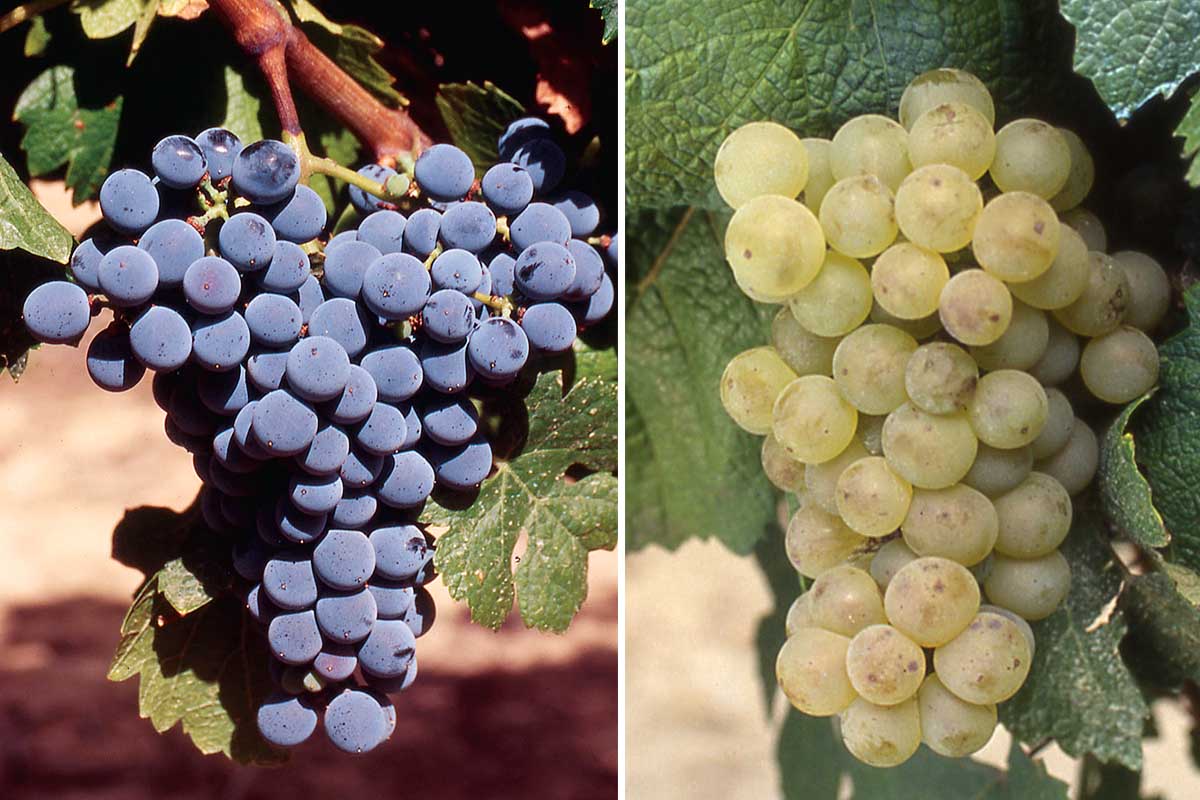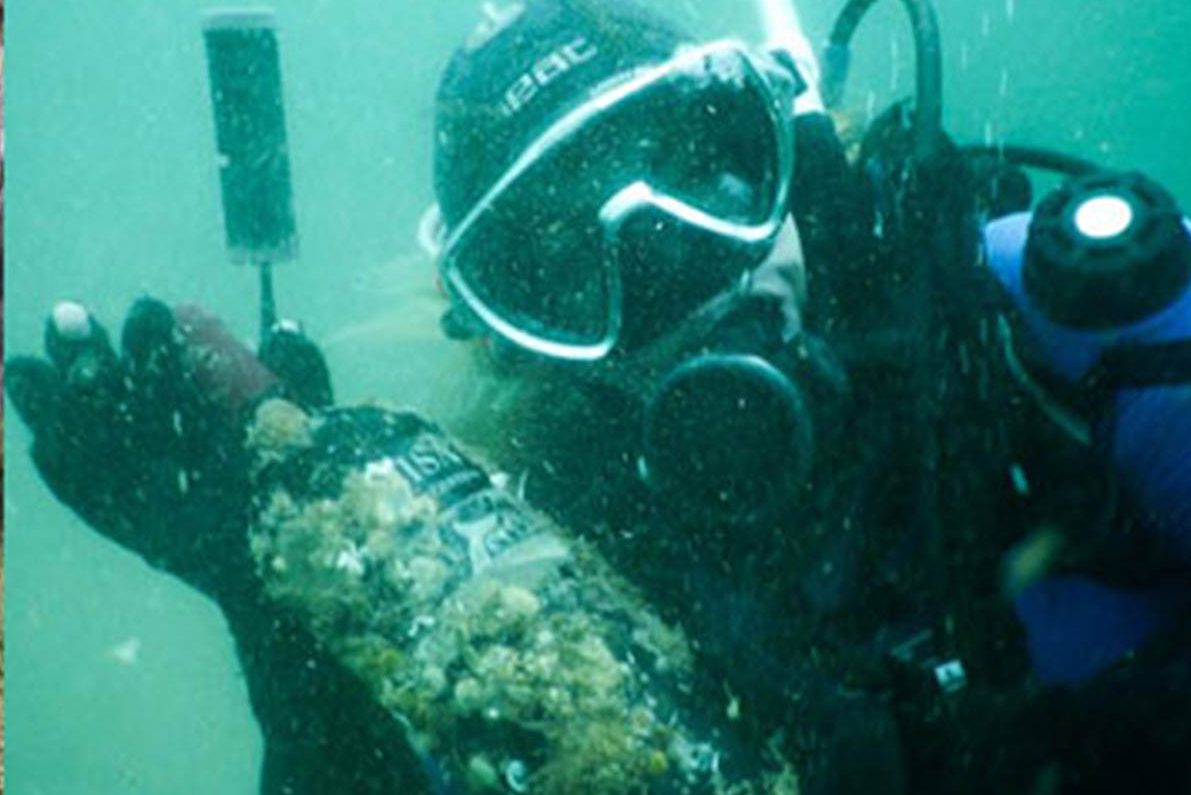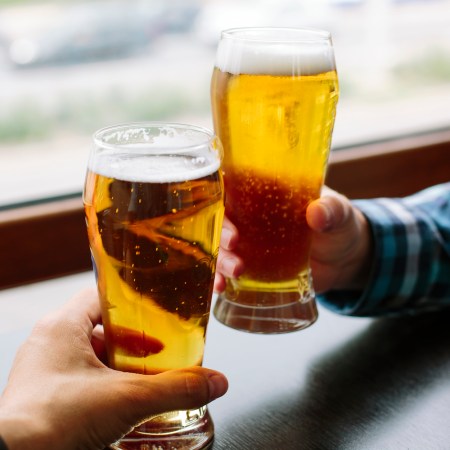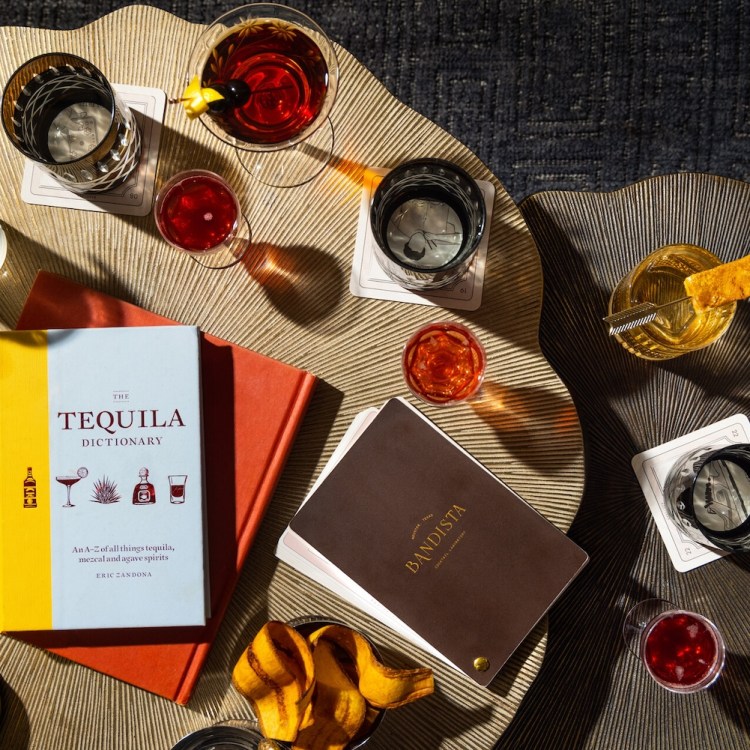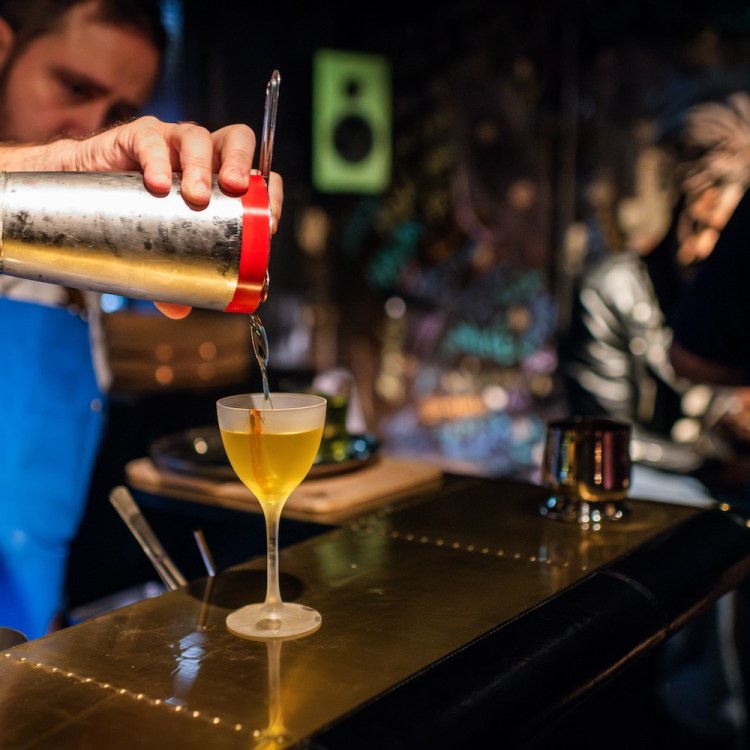Though it is known around the world as one of the most consistently traditional wine-making regions in France, Bordeaux has recently announced a great leap in tackling climate change head on by introducing six new grape varietals to its list of official grapes.
After winemakers in Bordeaux AOC and Bordeaux Supérieur first moved to introduce the grapes in 2019 in an effort to slow the effects of climate change on viticulture, France’s appellation body, The Institut National de l’Origine et de la Qualité (INAO), made it official this year. The news was first announced by Conseil Interprofessionnel du vin de Bordeaux (CIVB) in January.
“If Bordeaux does not take action in the face of climate change, we will lose control of the aromatic profile of our wines. Introducing new grape varieties can allow us to anticipate and accompany these changes and choose our evolutions,” as Cécile Ha, Head of International Communications for the CIVB, says.
The new reds: Arinarnoa, Castets, Marselan and Touriga Nacional, while the whites are Alvarinho and Liliorila. According to the CIVB, the new additions will be “limited to 5% of the planted vineyard area; cannot account for more than 10% of the final blend of any given color; and as such, per legal regulations for labeling, will not appear on Bordeaux labels.”
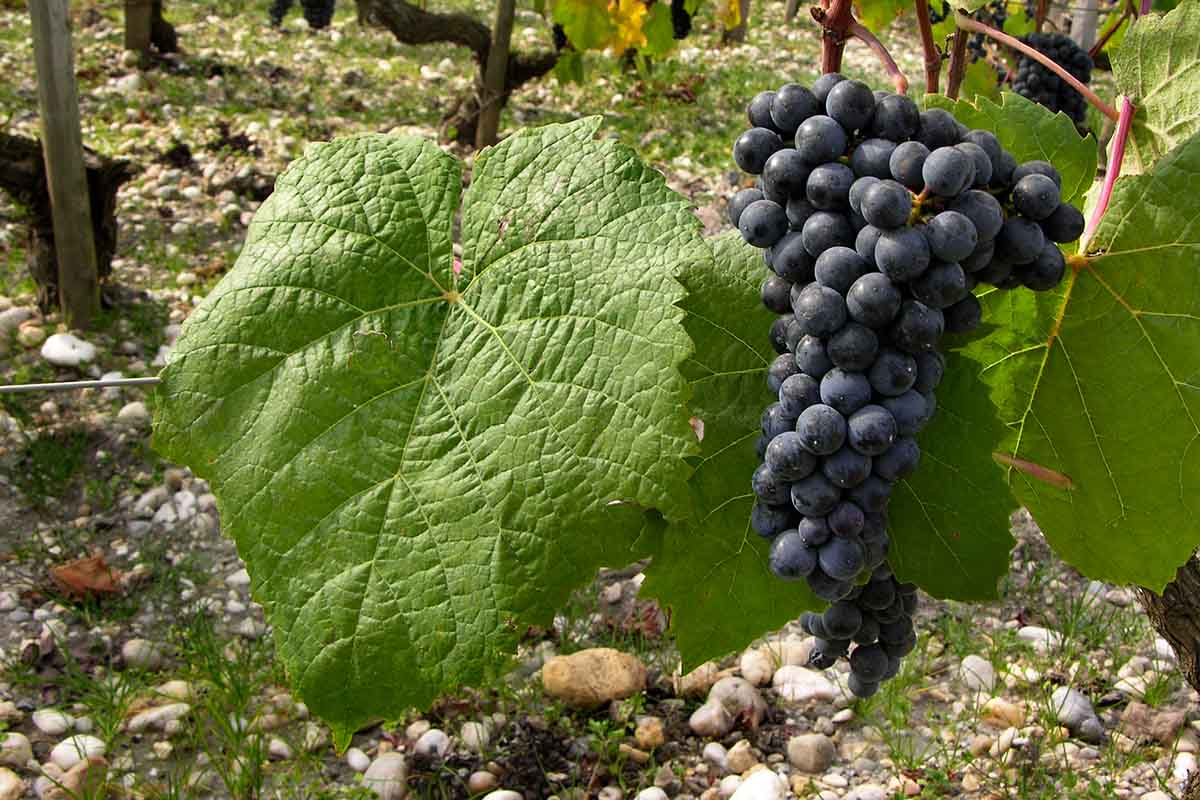
The varietals were chosen following recommendations from Institut national de la recherche agronomique (INRAE) and the Institut des Sciences de la Vigne et du Vin (ISVV). The INRAE study, known as the LACCAVE project (short for longterm adaptation to climate change for viticulture and oenology) was a multidisciplinary approach to examining the effects of the growing warmer and drier climate on viticulture. More than a dozen disciplines — using the skills and knowledge of 100 researchers and 21 laboratories — were involved in the decade-long project.
As for the VitAdap project — an experimental plot which was set up in 2007 and included 52 French and foreign varietals — it was “an in-situ study of the behavior and ability of the vines to adapt in the face of global warming and within the context of the climate in the Bordeaux vineyards,” according to Ha. A number of variables were researched over the course of the project, including: measuring the change in quantity of grapes, the behavior of grapes in the context of climate change, studying the possibility of adaptation of lesser-known varieties in Bordeaux and more.
The new wines join the 14 other current acceptable varietals. There are six reds (Cabernet Franc Cabernet Sauvignon, Carménère, Malbec, Merlot and Petit Verdot) and eight whites (Colombard, Mauzac, Merlot Blanc, Muscadelle, Sauvignon Blanc, Sauvignon Gris, Sémillon and Ugni Blanc).
Initial reaction and next climate action steps
Lauren Mowery, Contributing Travel Editor Wine Enthusiast Magazine, praises the move by Bordeaux. “I think it’s exciting (given the circumstances) they’re leading the charge on this. Whether in business, wine, or our personal lives, we must adapt and innovate.”
Ha agrees. “Two years is quite a long time when you are waiting for an answer from the French administration and you want to bring a project to a successful conclusion,” she says. “But two years is also a short time in view of the long-term vision that you need to have to produce wine.”
Of the 52 grapes, one of the last to fall out of consideration was Petit Manseng because it is emblematic of Southwest France. “Among the rules imposed by the INAO, a wine region cannot introduce a grape variety emblematic of another region (Bordeaux cannot introduce Chardonnay and Burgundy cannot introduce Merlot),” Ha explains.
In addition to introducing new varietals that are more resistant to water stress, Ha says there are other strategies that are going to be employed to aid in battling climate control. The first set of practices include: delayed pruning, reducing leaf area by increasing vine trunk height, limited leaf thinning to protect from the sun, reducing plant density, harvesting at night, changing the harvest date and rethinking plotting. With these strategies in place, consideration will be made for grape variety based upon climate, grape diversification, market demand and more.
Catherine Kurth, Sommelier and Beverage Director of Chartreuse Kitchen & Cocktails in Detroit, says that this move, too, is a way of revitalizing grapes that once grew in the region but died out due to climate conditions. “There’s long been a quiet push to go back to growing grapes that were native to various areas around France (and the world) but were pulled out because they weren’t fashionable and were troublesome in the vineyard because of climate.” An example of this is Petit Verdot, which has seen an increase in plantings of 191% since 2018, according to the CIVB.
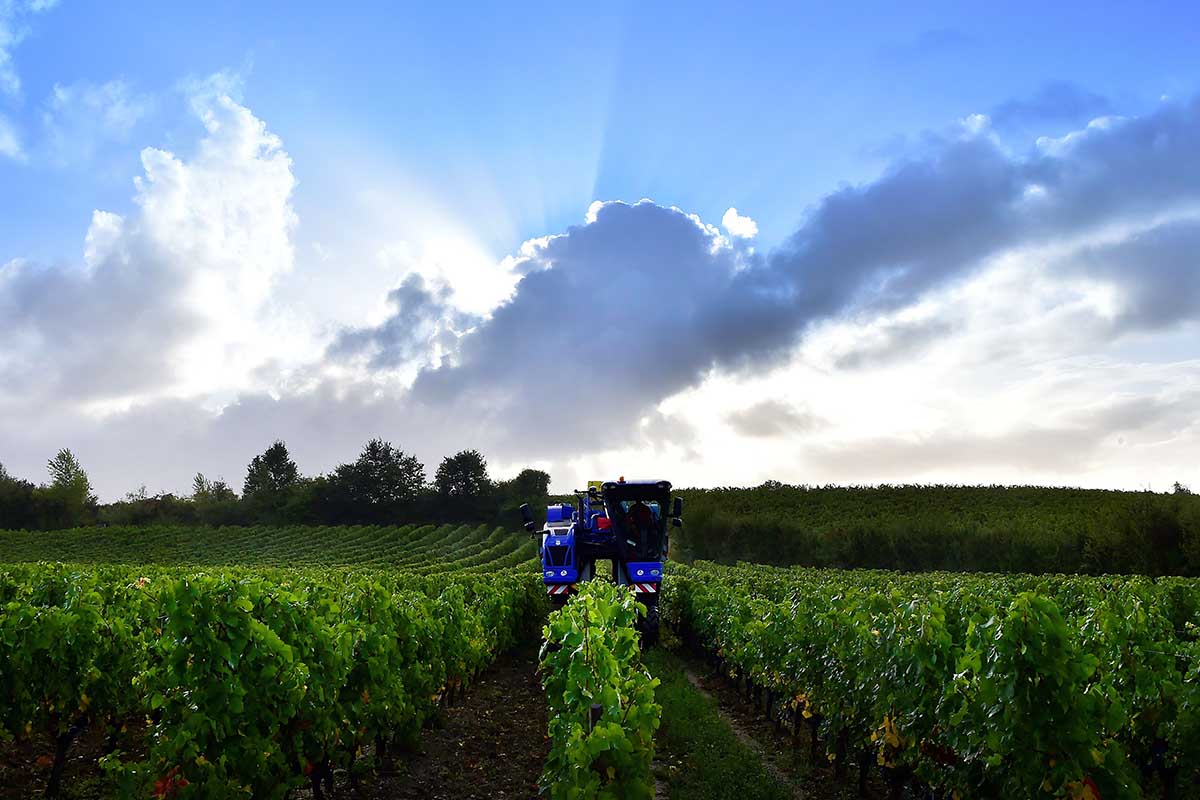
When we’ll see (or taste) the results
With six new varieties, the common consensus is that more grapes will be added in the future once more is known about how the new grapes fare. “The production of wine is alive and evolving,” Ha says. “In its history Bordeaux has adapted a lot — for example, 50 years ago, Bordeaux produced more dry white wine than red — and will continue to adapt.”
Mowery echoes this sentiment. “It takes three years or so after planting to turn a useful crop, a few years after that for vines to mature and develop personality and a few years after that to get the winemaking right. A decade might pass before a vigneron feels conclusive about the results, one outcome being to rip out or graft over the vines and start over.”
Outside of the impact of climate, the benefits of these changes will be to those who are willing to see that change is on the horizon. Says Mowery: “The producers who are honest with themselves about the looming crisis will take advantage of the 5% planted vineyard area and 10% blend allowance sooner than later.”
Kurth adds that the changes – and any future grape additions — would likely help smaller producers. “I think the impact will likely involve more entry level or every day drinking wines than it will impact the ‘great houses’ that made the region famous. I can’t see Haut-Brion, Palmer, Petrus or any of the others planting Portuguese varieties, or any of the other newcomers with intention to use them in their main blends any time soon.”
“Adding varieties was bound to happen,” Kurth continues, “and since they don’t have to list the new grapes on the labels, it’ll probably result in more consistency of quality from the more affordably priced, family-owned wineries that stand a greater threat of going bankrupt if they have a bad harvest.”
Producers outside of Bordeaux, too, are taking note of this move.
“Other French regions are also discussing introduction of new varieties,” says Ha. “We were also interviewed by Italians to find out our motivations and our method. This novelty, this experience of new grape varieties on a large scale is of great interest to the wine world.”
Join America's Fastest Growing Spirits Newsletter THE SPILL. Unlock all the reviews, recipes and revelry — and get 15% off award-winning La Tierra de Acre Mezcal.
